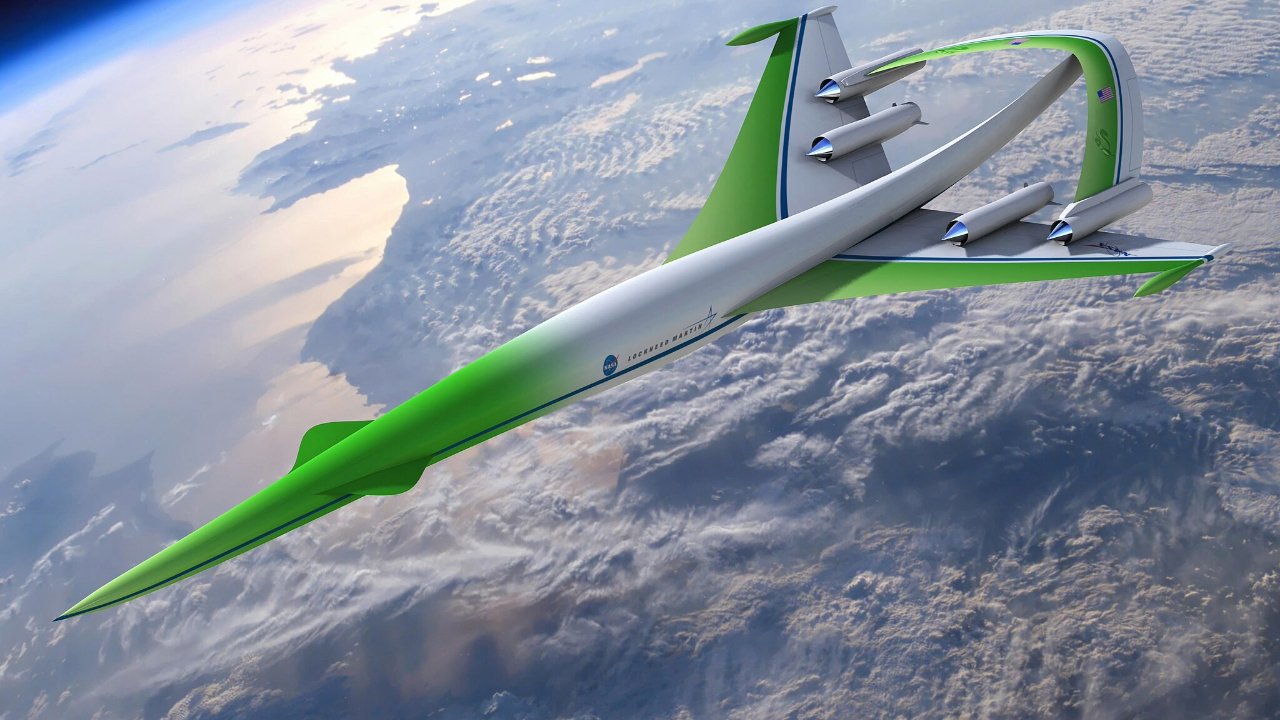🚀 Supersonic Flights Are BACK: What You Need to Know About This Game-Changer! 💨

Imagine cutting your travel time from New York to Los Angeles from a tedious six hours to a jaw-dropping three and a half! Thanks to a groundbreaking executive order, the U.S. is on the brink of bringing back commercial supersonic flights over land, a ban that has remained in place for an astonishing 52 years.
The shift comes as the U.S. Federal Aviation Administration (FAA) has lifted the overland supersonic flight ban, initially enforced in 1973 due to immense public concern about noise disruption. This executive order, issued just last June, doesn't just lift the ban; it outlines a clear timeline for implementing noise-based certification rules for these high-speed flights.
Picture this: countries like the U.S., France, the U.K., and the Soviet Union once dabbled in commercial supersonic aviation, but the loud sonic booms led to public backlash and eventual bans. Remember the Soviet Union's Tu-144? It utilized powerful afterburners to reach mind-blowing speeds of Mach 1 (around 767 mph), but the trade-off was enough noise to shatter windows!
Fast forward to today, and innovators like Boom Supersonic have developed a concept called "boomless cruise." This technology allows aircraft to fly at over 30,000 feet and hit Mach 1 without disturbing the peace on the ground—a game-changing phenomenon known as Mach cutoff. In January 2025, Boom's aircraft successfully demonstrated this milestone, propelling sonic booms upwards into the atmosphere so that they dissipate long before they reach ground level.
But Boom isn't alone in this endeavor. Major aerospace players like Lockheed Martin, in collaboration with NASA, are working on the X-59 supersonic demonstrator jet. This incredible design places the engines atop the fuselage, cleverly minimizing the shock waves and noise that typically accompany supersonic travel.
The regulatory timeline set by the new directive is impressively ambitious. Expectations are high for a repeal of prohibitions on supersonic flight by December 3, the establishment of noise certification standards by December 6, 2026, and the implementation of final rules by June 6, 2027. For context, the regulatory process for commercial drones took about four years from mandate to operation. Is the aviation industry ready to embark on this thrilling journey once more?
























